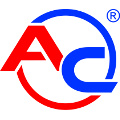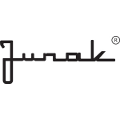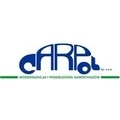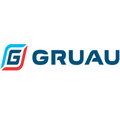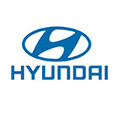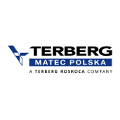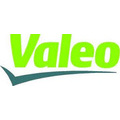- Innovative solutions in mobility (ITS, ICT, LED) are the key contributor to a decrease in the number of fatalities (by 176), casualties (1 356), accidents (654) and collisions (5 314) in Poland
- Fierce competition focused on new solutions has led to greater accessibility of state-of-art technologic on entry versions (e.g. ABS, ASR, ESP, ACC, LDW, AEBS).
- Automotive manufacturers do not only focus on active safety, but also on passive safety solutions. Active safety covers all factors aimed at mitigating the likelihood of a collision or an accident, whereas passive safety focuses on minimising consequences of a collision or an accident that has taken place for occupants of the vehicle. Commitment to safety of car users is also reflected by introduction of such solutions as: systems assisting the driver during braking (ABS, EBS), pulling away and driving (ASR, ESP, Adaptive Cruise Control) to assure active safety or safety belts, pretensioners, air bags, adjustable head rests or specially designed deformation zones for more passive safety.
- Many latest models available on our market meet stringent EU safety standards, what is annually confirmed by Euro NCAP crash tests.
- Safety has a lot in common with driving comfort: adjustable backrest angle, distance from the driving wheel, rear window visibility, knee height from accelerator and clutch pedals as well as comfortable and unconstrained driving position contribute to better concentration and boost the probability of swift driver’s reaction in an emergency situation.
- In line with EU regulations, Electronic Stability Programme (ESP) will be obligatorily fitted into all new vehicles from October 2012. By 2014 it should be deployed on all new vehicles marketed within the EU.
- In line with EU regulations, all new passenger car models must be fitted with tyre pressure monitoring systems by 2013, whereas new utility vehicles must come with Automatic Emergency Braking System and Lane Departure Warning System as a standard.
- Enforced and required in Slovakia, the additional package of equipment (including a fluorescent vest, a set of fuses, bulbs, towing line, first aid kit) has contributed to a decrease in the number of accidents by 25% during the past two years. Such packs are not required in Poland. Many drivers fail to carry even the basic first aid kit in their vehicles.
- Representatives of the sector argue that in the nearest future safety awareness is supposed to be an increasingly important factor driving consumer choices concerning cars, also in Poland. Innovative safety-enhancing systems are projected to come third key decision motif in Poland, after fuel economy and environmental impact of the vehicle.
- The drivers’ weight of new automotive technologies has been stable for the past three years, but also demonstrates progressive growth (82% of respondents of a KPMG global trade survey in 2008 considered new technologies to be important, whereas the figure for 2009 stands at 85%)
- Forecasts indicate that during the next two years investments will receive four-fold funding from the automotive sector versus outlays on new manufacturing sites, and almost twice as much as compared to marketing and advertising expenditure.
- EU funding allocated to research and development are widely used in Poland by 2013. Major organisations may receive reimbursement up to 65% of costs at the research stage, or 50% at implementation stage. Funding will be also available to automotive companies operating within Special Economic Zones.
- R&D investments are one of the priorities of the automotive sector on the European level. Research is mainly focused on improvement of sustainable technologies and safety solutions.
- Introduction of special subsidies, modelled on EU bonuses, is likely to increase sales of safer and thus relatively newer vehicles.
- Popular in other EU countries, the national CPR system (Rescue Reporting Centre, integrating ambulance service, fire brigade and the Police under one alert telephone number 112) is still not successfully operational in Poland. Despite recent efforts of the Ministry of Interior, a unified information system has not been launched – Poland lacks a national unit responsible for managing the 112 emergency number, and more or less effective local solutions are deployed.
- One of the trends in communication development are the so-called INTELLIGENT TRANSPORT SYSTEMS (a comprehensive set of systems representing different technologies (telecommunication, IT, automation and measurement


